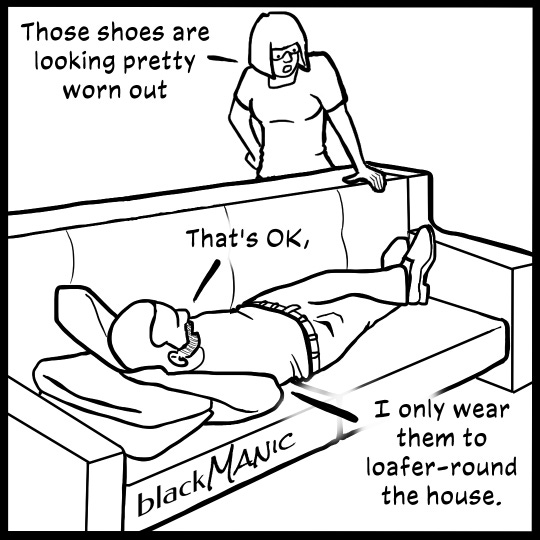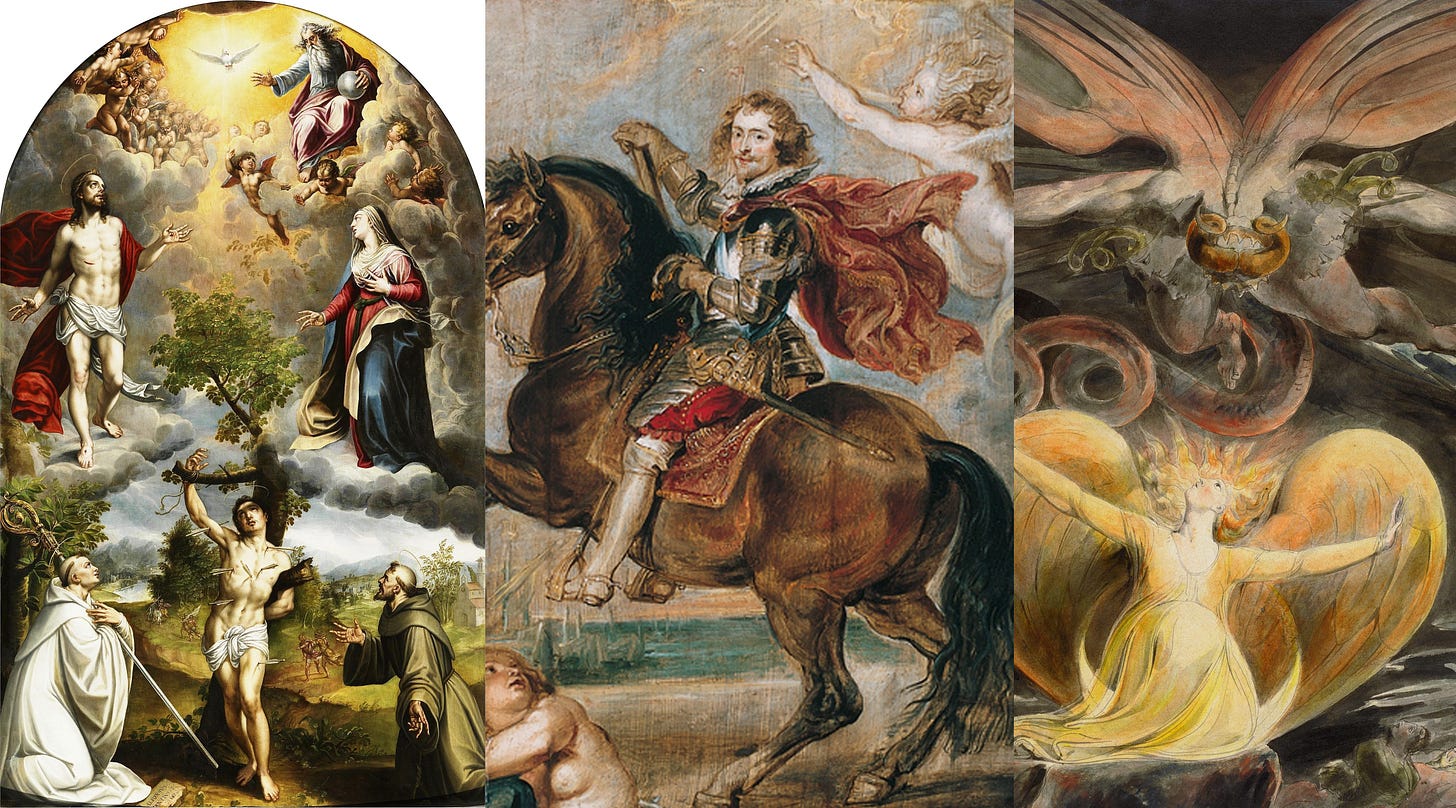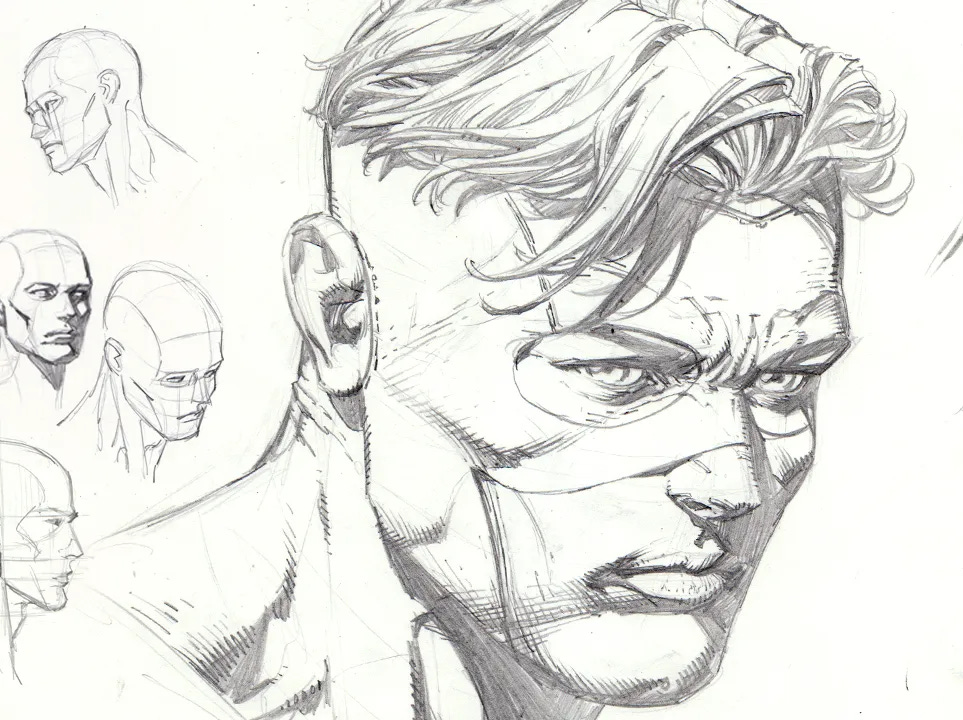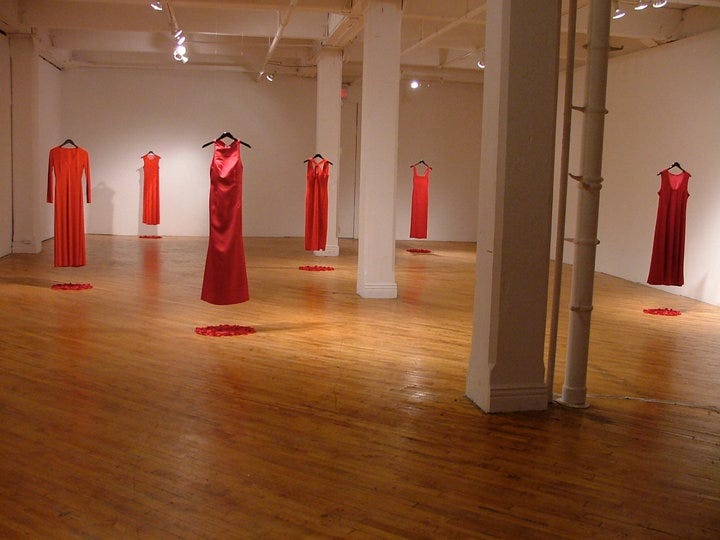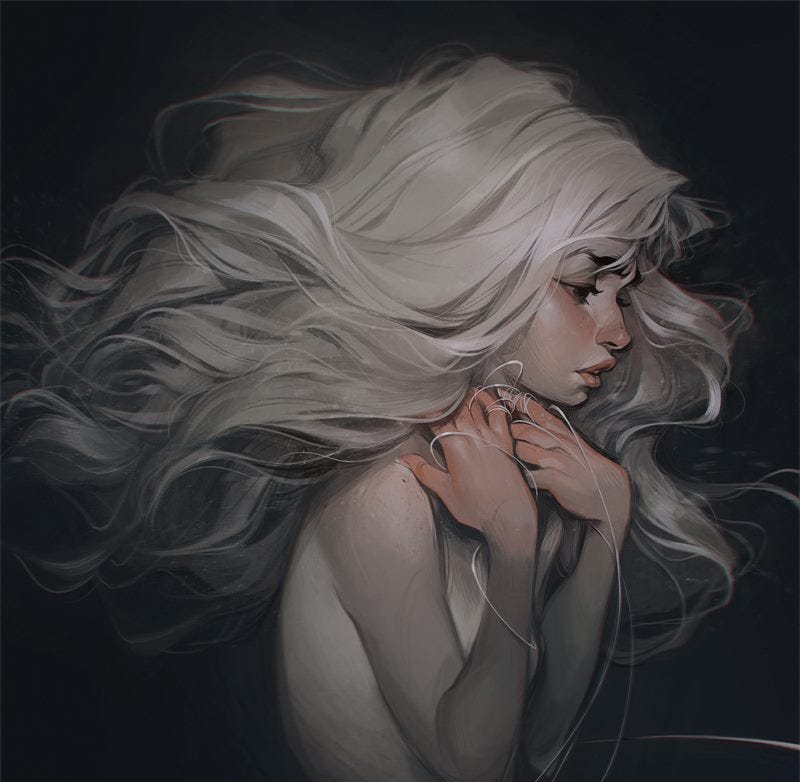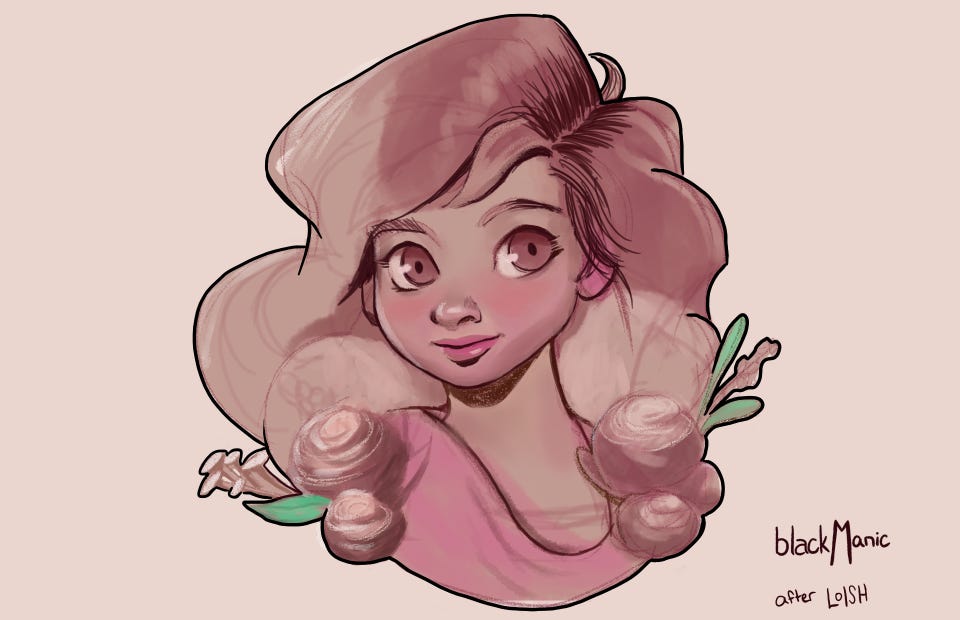I was wondering, around the middle of last week, what I would post about this week. Then, a few things happened and I felt like I had so many things to talk about that it might even be too much for one newsletter. Today, let’s focus on Fine Art education as contrasted to practical art training.
Let’s start with a random dad joke (trying my hand at cartooning):
I’ll give you a minute to stop groaning.
Done? Good, then let’s talk a little about the education of artists, historically and during the current digital era.
In traditional European visual arts education, a young artist would enter into an apprenticeship with a master artist in order to learn the skills required to produce fine art. This was also the model of learning for other skilled trades such as luthiers or potters. this method of learning in a master’s workshop is known as the Atelier method. The intention, of course, was to learn by observing and participating in the process under the direction of a master artist.
Mentorships are still a very important teaching process for artists and most trades today. The fine arts, eventually transitioned to university based education and developed an emphasis on study of completed artworks by world renowned artists. Reproduction of a classic work of art became a teaching tool. Although many university art programs have shifted focus to the creative process or theoretical purpose of creating art, studying and reproducing the works of master artists is still a valuable tool for young artists looking to develop their practical skills today.
The question becomes, who are those “Master” artists that young creatives will likely emulate in order to develop their skills. Van Gogh? Matisse? Picasso? In the current landscape of media giants employing digital artists, “Master” artists are not only skilled in the craft of creating art with modern tools, but also in promoting their art and themselves. Practical visual arts are in demand from advertisers, film-makers, video game developers and other content creators. The modern “Masters” of contemporary visual art in the digital age are the artists that display and promote their work through social media (such as Instagram, Youtube, tiktok and facebook). Making a decent living from your artistic skills should not be frowned upon. Future generations may look at politically motivated artists and raise them onto a pedestal, but in real world terms, would you rather be hailed as a genius after your demise, or sustain yourself comfortably via your creative endeavours while you are alive? There is always the possibility you could do both.

I would propose that popular Instagram artists such as “LOISH”, and prominent youtube artists like Adam Duff (Lucidpixel) as well as traditionally trained comic/manga artists such as David Finch and Mark Crilley are the “Master artists” that current young creatives are learning from. There are so many other skilled artists out there that I could not possibly name them all. Both David and Mark are traditional artists who have utilize social media to bring attention to their remarkable skill. LOISH and Adam Duff work primarily digitally as far as I know. Many of these artists have created either educational books and videos, or actual mentorship programs to train emerging young artists.
If your goal as an artist is to create social commentary, to attempt to influence politics or cultural reform, you may want to pursue traditional “arts” training through a recognized and well respected university program. Initiatives such as the “Red Dress Project” certainly demonstrate the value of such endeavors by bringing attention to the ongoing plight of missing and murdered aboriginal women (see image below). I personally witnessed an installation in my community in a park near my home. The dress was hung from a tree, and remained there for weeks. As the weather turned cold, wind and snow battered the dress and every time I saw it, I was reminded of the missing women and the suffering they likely had endured. This was a remarkably effective use of visual arts to bring attention to an important cause.
If you are not so politically minded. If your goal is simply to develop your artistic skills in order to make a career from your art. Studying current successful creatives may be a reasonable route to developing your skills. The industries that employ artists are constantly evolving, traditional university programs struggle to keep pace with the changes. The final decision whether to hire an artist or not is entirely based on the artist’s skill, not their “pedigree”. If a film company, an advertising agency or a game developer is looking to hire an artist, their only concern is whether that artist can produce the quality of work that they require. All that being said, a strong foundation in the fundamentals transcends any medium, traditional or digital, and will be a great benefit to any young artist. In Canada, this foundational skills training can be obtained in a variety of ways, Arts colleges being one.
For my own purposed, I thought I would explore some of these well respected modern digital artists and attempt to learn from them. I do believe that you can teach an “old dog” new tricks (neuroscience tells me so), so I watched a Procreate livestream featuring LOISH as a guest artist (streamed originally on March 14 2021). Of course, I had to do it in my style, while trying to pick up some tips from the master. Those of you who read last week’s post will be happy to know that I was able to eliminate all distractions and remain focused much longer this week, averaging about an hour at a time.
Here is my attempt, using Clip Studio Paint (I just felt like I had to put a black border around it).
The original by LOISH (below) using Procreate (in 1 hour and 40 minutes, while answering questions and talking about her process):
Although LOISH clearly did not finish this piece, there is something vibrant and lively about it that I just don’t think I was able to capture. I think it has a lot to do with her process which is very painterly and not as focused on line art. I have been working to improve my linework over the last few years and am very focused on line quality right now so attempting to follow her approach was a challenge for me. Although my effort was not particularly successful in reproducing LOISH’s style, I feel like I learned a lot and it gave me an opportunity to use some tools and practice some skills that I otherwise would not have done.
Well worth the time spent. I will likely make this kind of “Master study” a regular part of my practice going forward. How about you? What current artists do you follow and respect? Let me know in the comments.
In other news, I read this week about a graphic novel scheduled to be released in 2023, I think I will save that discussion for next week so that I can give it the attention that it deserves. Suffice to say, that I am cautiously optimistic about this one for young readers.
Hope you found this exploration of modern art education at least interesting, and…
I’ll see you next time.
blackManic





